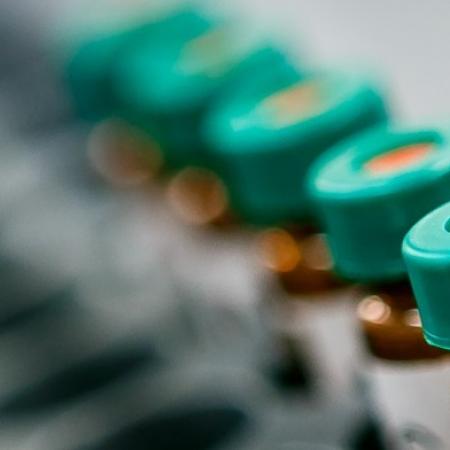Research Interests
The development of rapid and accurate methods for the detection of waterborne pathogens, or their indicators, prior to the outbreak of disease is a major research focus in our public health laboratory. We incorporate a variety of techniques into our research efforts including culture (plating, enzyme substrate), real-time PCR, digital PCR, MALDI-ToF mass spectrometry, enzyme-linked immunosorbent assay (ELISA) and microscopy. Our ultimate research goals are to develop methods that can improve emergency response time for end-users such as local health departments and provide information that can aid in remediation efforts.
Current research projects include:
- Investigating molecular methods of quantifying fecal indicator bacteria in recreational waters.
- Identifying sources of fecal contamination in source water using molecular markers for humans and a variety of animals.
- Developing and validating methods for detecting pathogens in cannabis products.
- Comparison of culture method technologies coupled with MALDI-TOF M/S for enumerating and speciating Legionella.
- Development and validation of a rapid molecular method to enumerate viable Legionella spp.
- Developing a digital PCR method for detecting cyanotoxin genes in NYS recreational waters.
- Assessing cyanotoxin diversity across NYS lakes.
Join our lab!
Our laboratory members enjoy playing roles in educating the future of public health science and are mentors for the Association of Public Health Laboratories (APHL) Fellowship Program. Our Fellows have been involved in various projects including developing rapid methods for detecting and enumerating cyanotoxin genes, Legionella, and fecal indicator bacteria. Please send your resume and a description of your research interests to Theresa.Hattenrath@health.ny.gov
